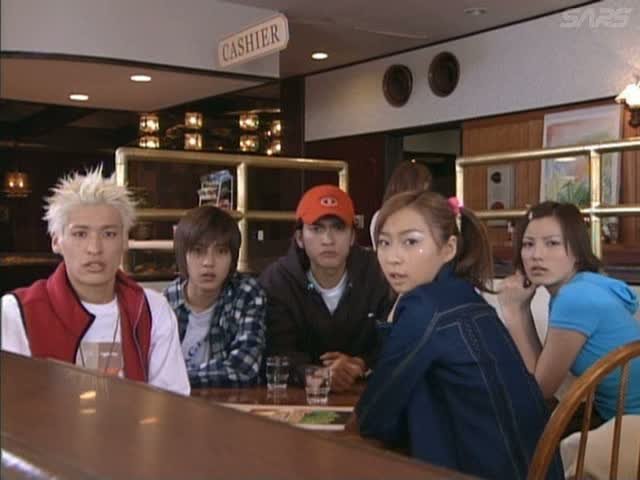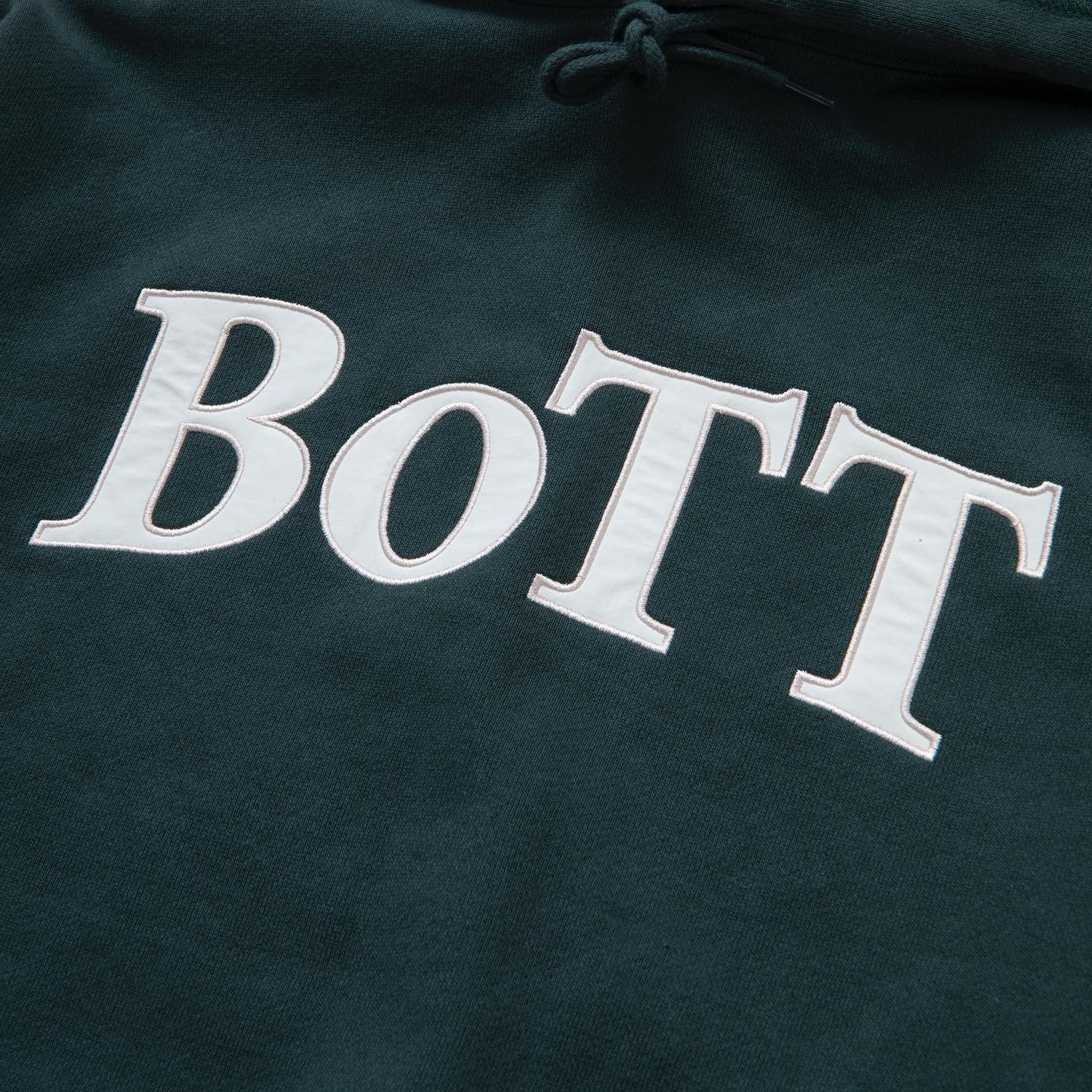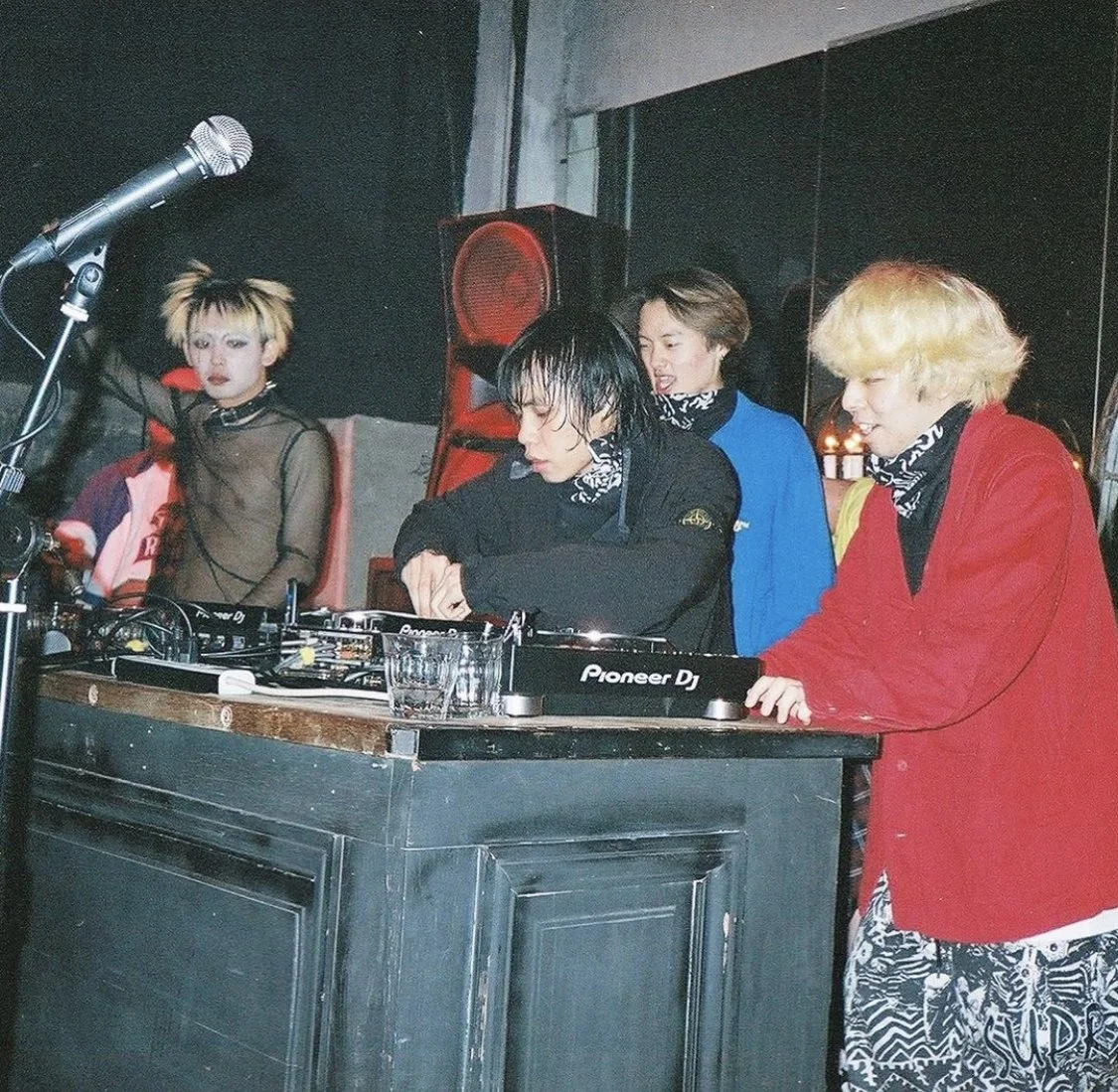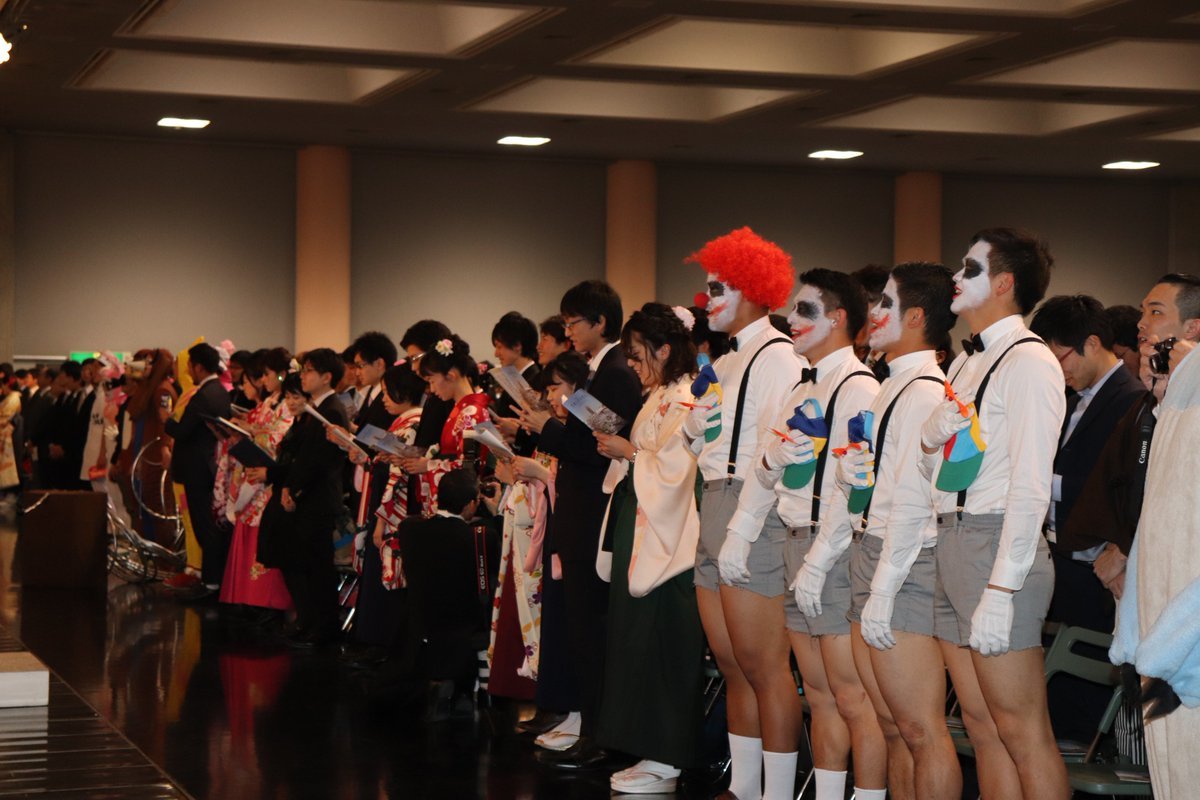A Never-Seen-Before Side of 90s Tokyo: Ikebukuro West Gate Park, A Legendary TV Show

Now you really want Japanese Netflix: on January 2nd, Netflix Japan released the classic TV series Ikebukuro West Gate Park (IWGP).
A little cheating with a VPN is necessary if you’re out of the country, but for a good cause because IWGP is a pair of time-leaping binoculars into the 90s street culture in the bustling of Ikebukuro.
If you’re familiar with Tokyo, you know that the neighborhood of Shibuya is the epicenter of youth, fun, and crazy nights out. Back in the day, the neighborhood of Ikebukuro had this role, especially for color gangs and yankii groups. Japan is fairly reserved in its discourses on TV, but IWGP compensates a lot for it as it probes into how youth culture and organized crimes really were, and not only is it nostalgic for locals but fascinating for outsiders.
The series is a melodramatic comedy that follows the messy Makoto, a young man with weird connections, delinquent tendencies, and an archivist’s dream wardrobe. It is to note that the humor can be washed-out and curiously crude, but beyond outdated jokes, IWGP is downright addicting. As mentioned earlier, it may double as a fashion documentary because the styling is to a T: encompassing gyaru culture and vintage streetwear, the pair of Air Jordan 11s in the first episode is nothing compared to the side characters’ outfits.
To many, IWGP is a favorite throwback and comfort show but it is far from the typical American sitcom. The Japanese show takes a riveting stance when serial murders, prostitution, and gang-banging get introduced. In fact, the whole story is based on Ira Ishida’s novel of the same title, and the success of the show snowballed into a manga and a recent anime adaptation.
If young Tomoya Nagase isn’t enough to swoon you into watching, the classic IWGP is truly essential in understanding the young side of Japan that isn’t talked about. Though it’s fiction, it’s the closest thing to what Ikebukuro represented, and this culture still echoes in modern-day Tokyo, forever influencing its underground movements, slang, and art.
About the Author:
Mizuki Khoury
Born in Montreal, based in Tokyo. Sabukaru’s senior writer and works as an artist under Exit Number Five.





